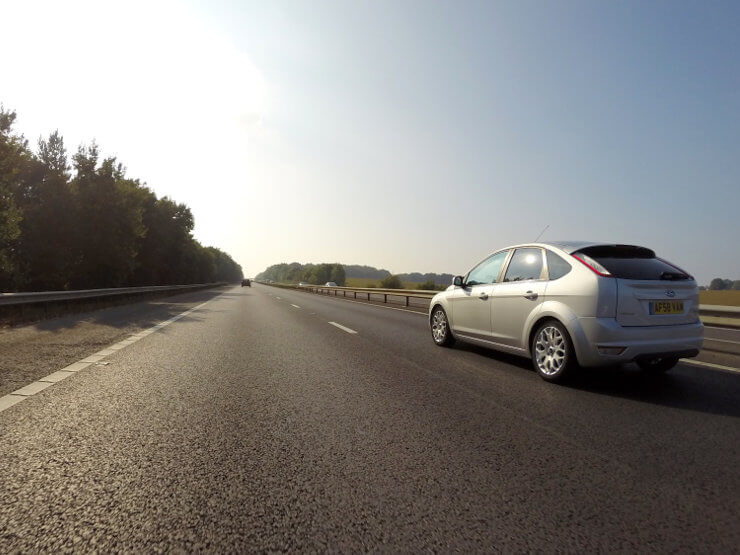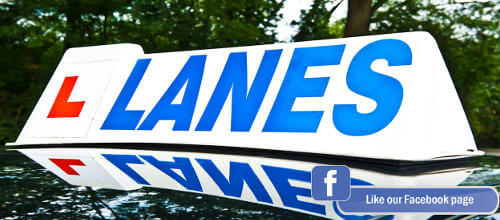
It has been widely reported recently that since the abolition of the tax disc the Driver and Vehicle Licensing Agency (DVLA) has lost out on over £100 million in revenue. This is one of the reasons that the DVLA has stepped up its efforts to track and catch those who dodge paying their car tax. This month we take a look at vehicle tax, what you must do to ensure you are fully paid up, and what happens if you are not.
Who needs to pay car tax?
Every vehicle on the road must pay car tax, with the exception of the following:
- Vehicles used by the disabled or for those who have disabled passengers
- Mobility scooters and powered wheelchairs
- Historic vehicles – those made before January 1, 1977 are exempt from car tax from April 1, 2017
- Electric vehicles
- Mowing machines, agricultural, horticultural, and forestry vehicles
- Vehicles that have filed a Statutory Off Road Notification (SORN) and are kept off the road
Even if you are exempt, however, and don’t need to pay anything you will still need to tax your vehicle to ensure it is registered in the system and you do not get fined.
What happens if you are caught with unpaid tax?
If you have not paid your vehicle’s tax then you risk getting clamped by the police, any local council, the DVLA, or any other body with statutory powers such as airport and train station operators. To get the clamp released you will not only have to pay the release fee, but you will also have to pay your vehicle tax in full as well.
If you pay within 24 hours of being clamped, then the release fee is £100. If you do not pay within those 24 hours, then your vehicle will be impounded, increasing your costs to a £200 release fee and a storage charge of £21 per day. After seven days your car can be destroyed if you do not pay to have it released. There is an option of paying a fee of £160 (this applies to cars and motorcycles, and rises to £700 for all other vehicle types) instead of the full tax amount which is refundable against proof of payment of your vehicle tax within 14 days. You will lose that money if you do not insure your vehicle within that period of time and risk getting it clamped again if caught.
How to pay your vehicle tax
It is pretty straightforward to pay your car tax. The easiest way for most is to do it online on the DVLA’s website. All you need is your V11 number (which you can find on the reminder that the DVLA sends you) and your vehicle log book (also known as the V5C) if it is already in your name, or the V5C/2 – the green portion with the new keeper’s details – if you have just bought it.
For more information on making sure you and your vehicle are legal on the road, including refresher driver’s courses, our team at Lanes School of Driving can help out. All you need to do is give us a call on 020 8166 5678 and we’ll make sure you stay safe on the road.

